Following the time-tasted customs and traditions in an under developed or developing society is not something unusual or out of place. If a similar course is adopted in a highly developed and relatively fast setup, such as, U.S.A., it certainly brings in an element of surprise. Many social practices are based on religious beliefs. These not only touch day to day life but they also very much affect interaction with other groups. The practices, per se, may look unusual. However, same are justified generation after generation, by the community elders or opinion makers to maintain and sustain a certain and distinct  identity.
identity.
 identity.
identity. In this back drop, one would like to talk about the Amish community residing in a ‘closed group’ kind of set up in Maryland in USA. Located in the Lancaster County, in close proximity of highly developed regions of Baltimore and Philadelphia, the Amish people have been able to maintain and preserve a traditional if not obsolete way of life, untouched by the so called ‘worldly’ pleasures. Since they have a strong sense of separation from the outside world, their deviant elements are destined to be ‘banned.’
The first and the last exposure of this unique community one had in August 1995, when an old fashioned horse carriage was seen approaching a modern super market at Lancaster. A tall man wearing a traditional long dress, gum boot and a large hat parks his cart in one corner and begins unloading the farm products and craft items. He quickly takes them to a small store inside. Two female family members sporting equally distinct dresses and head gear are seen selling such products. Though they are partially educated, they are in a position to do business, more by the use of sign language. The craft items, though expensive, manage to give some hint about their life styles. I am tempted to make some exploration.
While sipping a cup of espresso coffee in the parking yard, I gather that the Amish are a Protestant group of Dutch origin, who are believed to have migrated from Europe in the 17th century in search of more religious freedom. They do not encourage imparting higher education to their children. Mostly they are sent to a neighbourhood school between the ages six and fourteen. Members of this ultra-ancient group reside in traditional houses having no electricity and telephone connection. No modern medicines are taken by them in the event of indisposition. Rather, naturopathy is resorted to. They do not marry out side the community
and often meet each other during the religious congregations in their own exclusive churches. Possessing several skills, they believe in following a slow, labour-intensive way of life style. They espouse and practice simplicity as opposed to a fast, materialistic life.
A drive of half an hour through an ordinary, bumpy road enables me to reach one of their closest hamlets. I draw pleasure in seeing their barefooted tiny tots indulge in a game of make shift football under the watchful eyes of some bearded village elders basking in sun. I also take note of the diligent farmers making use of horse drawn plows. As it is getting dark, I notice candles being lit close to the windows and smoke coming out of the chimneys of the dwelling units. Scores of men and women are seen riding back to village in their horse pulled carriages. While I have a desire to interact, they prefer smiling and waving. During my retreat to Delaware, I just cannot convince myself that such a social group can manage to live in an isolated ‘island’ surrounded by the ‘ocean’ of ultimate modernity and pragmatism, which USA represents or signifies.
While sipping a cup of espresso coffee in the parking yard, I gather that the Amish are a Protestant group of Dutch origin, who are believed to have migrated from Europe in the 17th century in search of more religious freedom. They do not encourage imparting higher education to their children. Mostly they are sent to a neighbourhood school between the ages six and fourteen. Members of this ultra-ancient group reside in traditional houses having no electricity and telephone connection. No modern medicines are taken by them in the event of indisposition. Rather, naturopathy is resorted to. They do not marry out side the community
and often meet each other during the religious congregations in their own exclusive churches. Possessing several skills, they believe in following a slow, labour-intensive way of life style. They espouse and practice simplicity as opposed to a fast, materialistic life.
A drive of half an hour through an ordinary, bumpy road enables me to reach one of their closest hamlets. I draw pleasure in seeing their barefooted tiny tots indulge in a game of make shift football under the watchful eyes of some bearded village elders basking in sun. I also take note of the diligent farmers making use of horse drawn plows. As it is getting dark, I notice candles being lit close to the windows and smoke coming out of the chimneys of the dwelling units. Scores of men and women are seen riding back to village in their horse pulled carriages. While I have a desire to interact, they prefer smiling and waving. During my retreat to Delaware, I just cannot convince myself that such a social group can manage to live in an isolated ‘island’ surrounded by the ‘ocean’ of ultimate modernity and pragmatism, which USA represents or signifies.


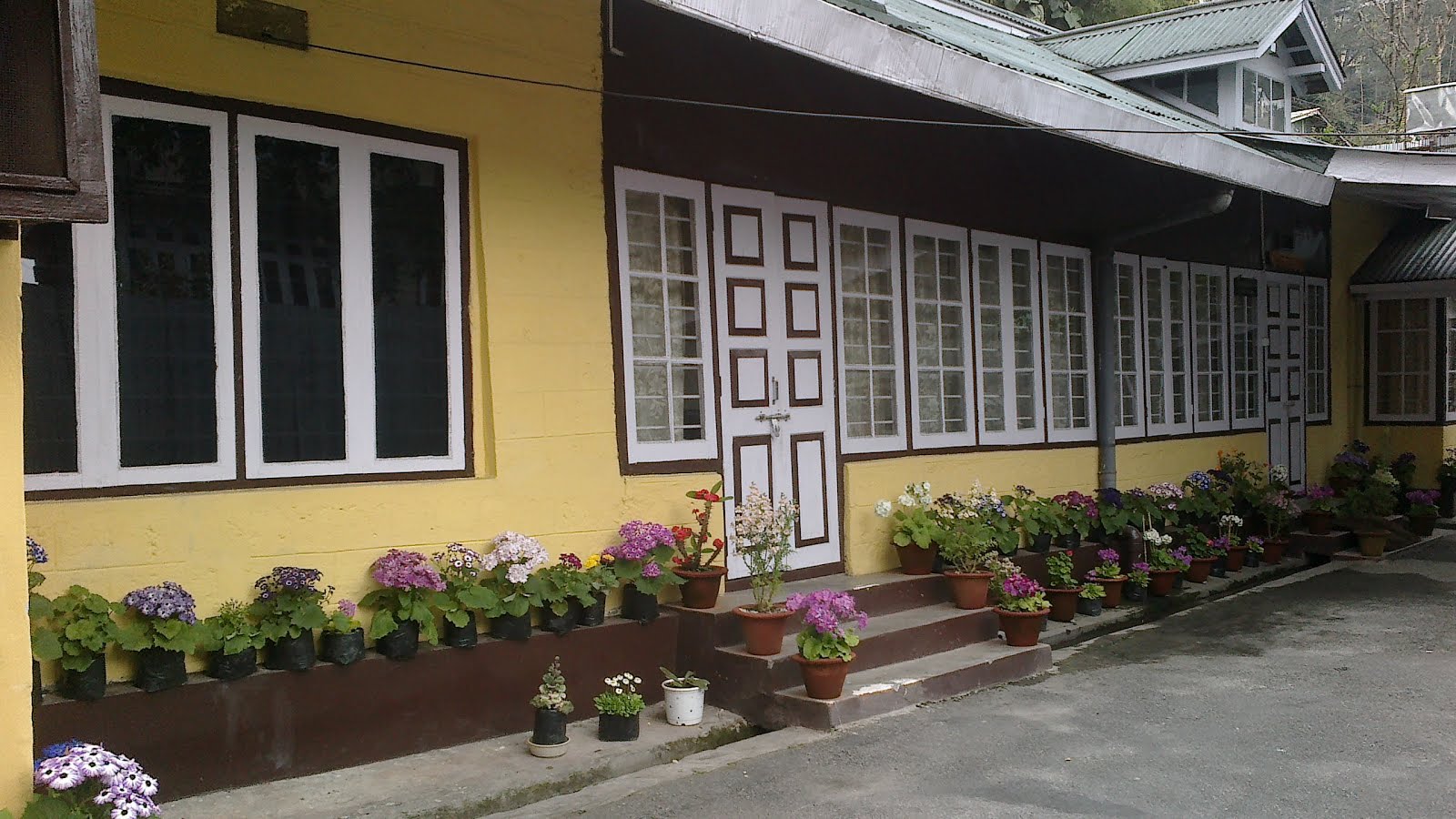







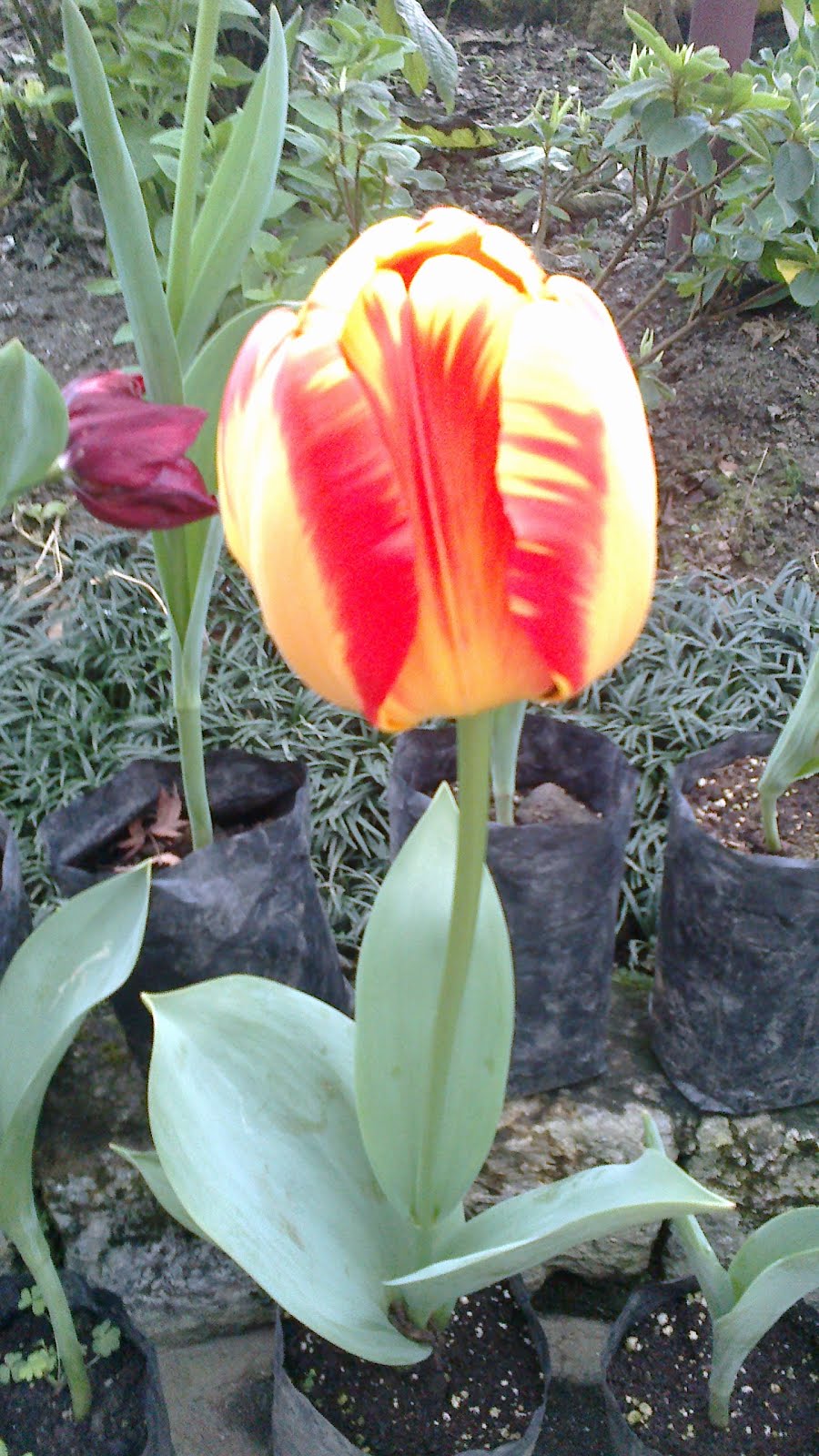



































































































































































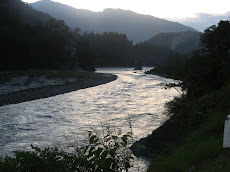

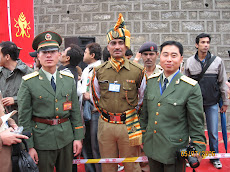
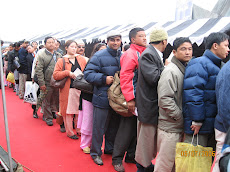
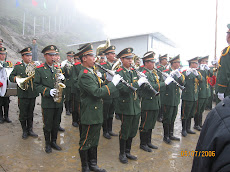


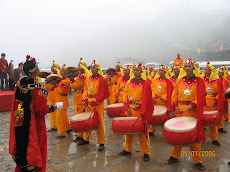
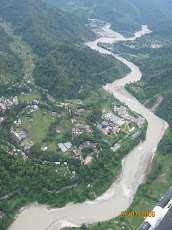




















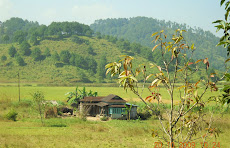
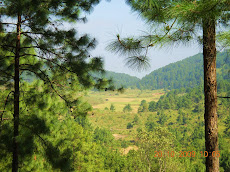








.jpg)






















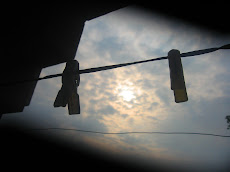








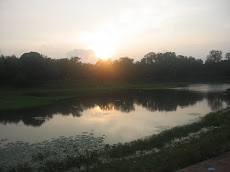



























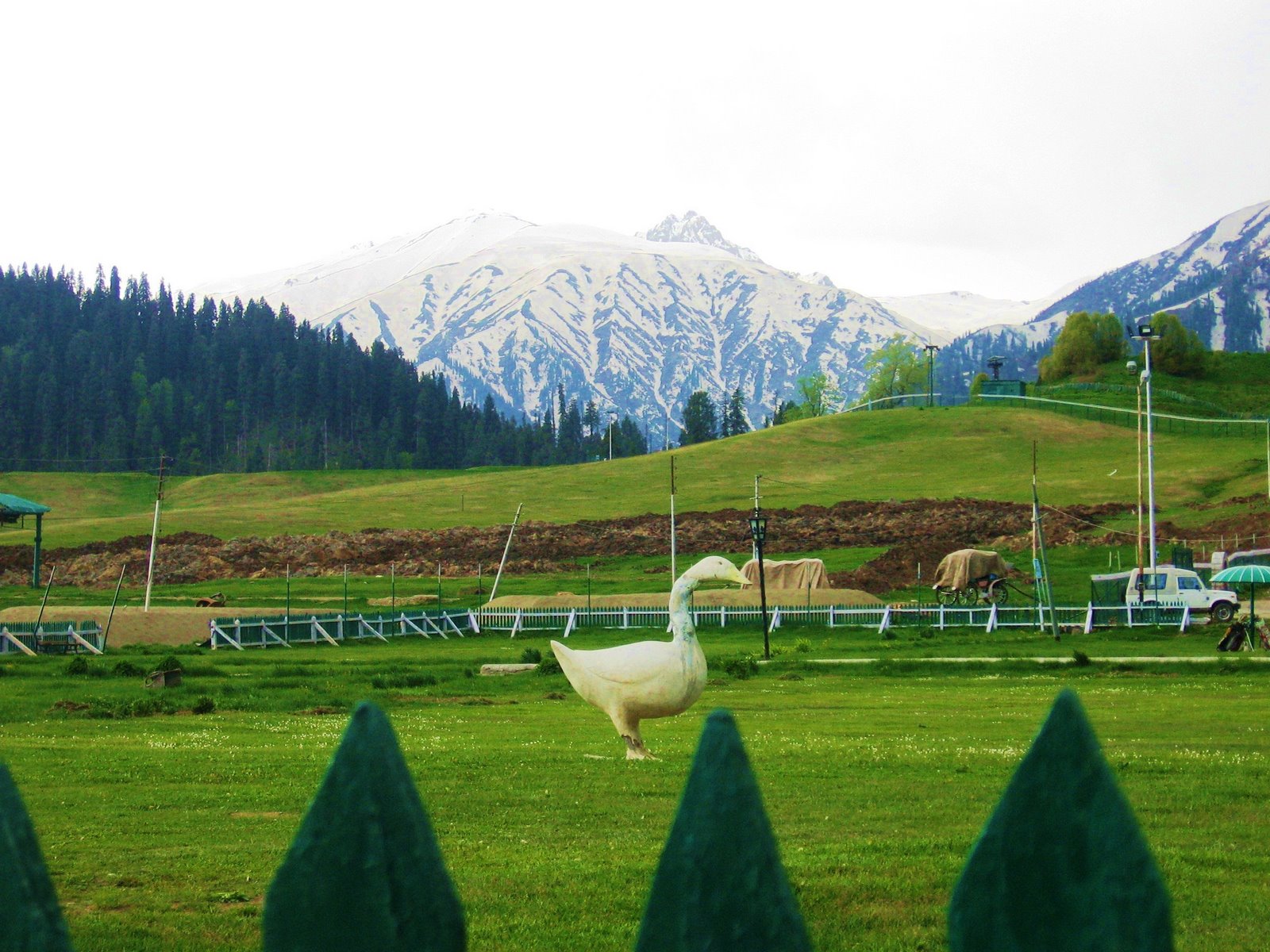
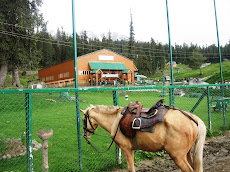
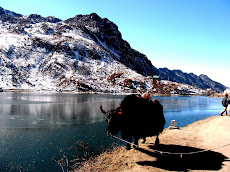












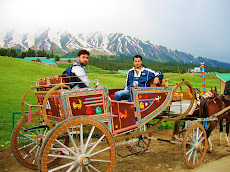












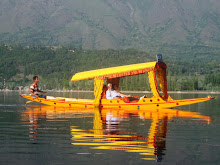
No comments:
Post a Comment